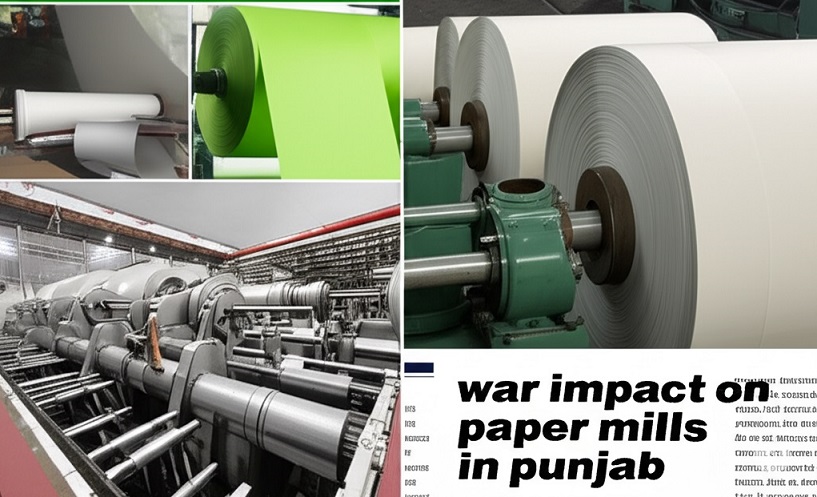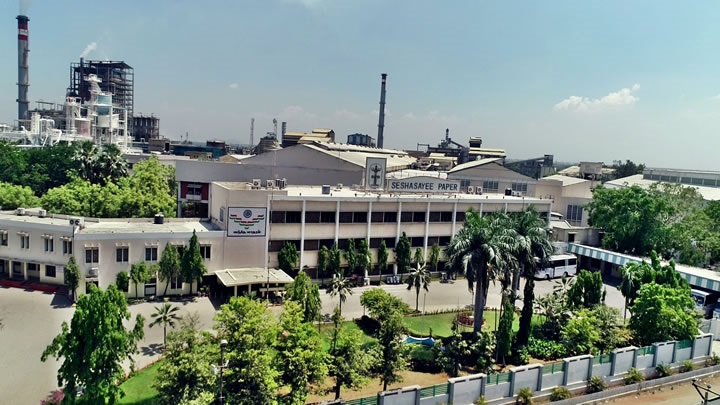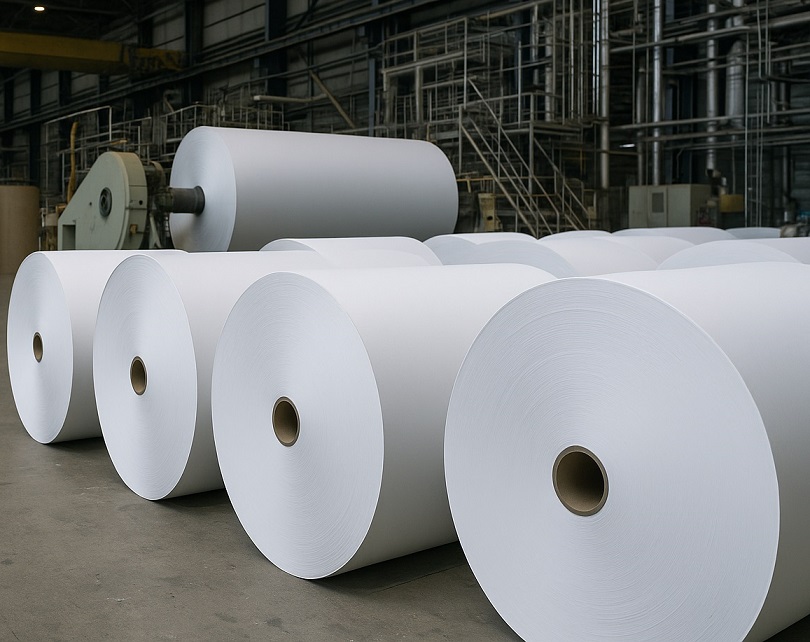No immediate impact, but Punjab paper mills stay cautious amid Indo-Pak strain, potential supply chain disruptions

No immediate impact, but Punjab paper mills stay cautious amid Indo-Pak strain, potential supply chain disruptions
- Punjab hosts around 35–40 paper mills, which could all feel the strain if the tensions persist
- Mills have been asked to switch off all outdoor lights and operate machines using minimal lighting
- The rates for waste Kraft paper have been reduced by ₹800 to ₹1,000 per metric ton
The Pulp and Paper Times
In light of the ongoing Indo-Pak tensions, concerns are rising over their potential impact on the paper industry in Punjab. The Pulp and Paper Times reached out to industry insiders to understand the situation on the ground.
As of now, there has been no immediate effect on paper mills in Punjab. “Currently, there’s no government advisory to halt production or completely shut down paper mills,” Mr. Harish Jindal of Nachiketa Papers Mill informed The Pulp and Paper Times. However, the government has issued advisories requiring markets and shops in Chandigarh and the Tri-City area to close by 7 p.m., which is indirectly affecting operations.
“If working hours are reduced, the collection of waste paper will also decline. If this continues for a longer period, we may face shortages, leading to price increases,” Mr. Jindal explained. While there is no advisory to stop paper mill operations at night, mills have been asked to switch off all outdoor lights and operate machines using minimal lighting.
A key concern is the disruption in the supply chain of raw materials. “We import raw material from regions like Jammu and Srinagar. With the current situation, truck movement from these areas has stopped, impacting waste paper supply by an estimated 5–10%,” the spokesperson said. This is expected to push up waste paper prices in the coming days, although the exact increase is yet to be determined.
“There’s a possibility that the government may ask plants to halt operations for a few days,” Indian Recovered paper Traders Association (IRPTA)’s president Mr. Naresh Singhal revealed. While no official order has been issued yet, the industry is bracing for potential disruptions.
“There has been no government advisory instructing mills to cut back production or halt operations at night,” Mr. Gill of the SN Paper clarified. When asked about the possibility of future restrictions, they added, “It’s difficult to say right now.”
Concerns over raw material shortages and potential increases in waste paper prices have also been circulating in the industry. However, SN Paper reassured that there are no such challenges at the moment. “Everything is safe,” the representative stated.
SN Paper currently operates two plants with a combined capacity of 300 tons, and according to the management, production continues as usual.
On the finished paper side, the industry is already grappling with overcapacity and reduced demand. “If raw material prices rise, production costs will go up, but since factories are running below capacity, the demand for finished paper may not absorb the cost hike easily,” Mr Harish Jindal noted.
Punjab hosts around 35–40 paper mills, which could all feel the strain if the tensions persist. Some mills are also in the process of installing new machinery, adding further pressure to manage costs and operations during this uncertain period.
The coming days will be critical in determining how the situation unfolds, and the industry is closely monitoring developments.
About Demand
The impact isn’t limited to Punjab alone. “The slowdown is being felt across India — from western Uttar Pradesh to Gujarat and even the southern states like Karnataka,” an industry representative explained. Reports indicate a marginal dip in prices, with finished paper products seeing a drop of about ₹0.50 to ₹1. However, the slowdown in demand is evident across the country.
“The market is slow all over India,” Mr. Naresh Singhal noted, adding that seasonal factors are also at play. May and June, traditionally slower months due to school holidays and summer vacations, are seeing lower consumption. Families from the lower and upper middle classes alike are traveling — some to visit relatives in states like Bihar and Uttar Pradesh, while others head for tourism.
Tourist destinations like Srinagar have seen a complete halt, and pilgrimages to popular sites such as Vaishno Devi have sharply declined. While Uttarakhand remains relatively safe, the Char Dham Yatra has witnessed lower footfall compared to previous years. “In the first four to five days, about 400,000 pilgrims visited, but numbers have since dipped,” he said.
Waste Paper Scenario:
The Kraft paper industry in western U.P. and much of North India has been significantly affected by the ongoing Indo-Pak tensions.
Demand for finished Kraft paper has dropped in western U.P. mills over the past 10–12 days. To sustain sales, Kraft paper mills in the region have offered price discounts as well as relaxed payment terms. However, despite these measures, sales have not yet recovered to previous levels.
In this scenario, the price of finished Kraft paper has decreased by ₹1,000 to ₹1,250 per metric ton, accompanied by easier payment terms. This payment relaxation has led to a shortage of funds in the industry, which may result in delayed payments to waste paper suppliers.
Due to the decline in sales, the demand for waste paper has also fallen. To match the price cuts in finished Kraft paper, the rates for waste Kraft paper have been reduced by ₹800 to ₹1,000 per metric ton.
According to market reports and my personal assessment, the current conditions do not appear likely to improve over the next 10–15 days., Mr. Singhal said.
Web Title: No immediate impact, but Punjab paper mills stay cautious amid Indo-Pak strain, potential supply chain disruptions





 Join WhatsApp Group
Join WhatsApp Group Join Telegram Channel
Join Telegram Channel Join YouTube Channel
Join YouTube Channel Join Job Channel (View | Submit Jobs)
Join Job Channel (View | Submit Jobs) Join Buy Sell Channel (Free to Submit)
Join Buy Sell Channel (Free to Submit) Paper News Headlines Channel (Free to read)
Paper News Headlines Channel (Free to read)
















